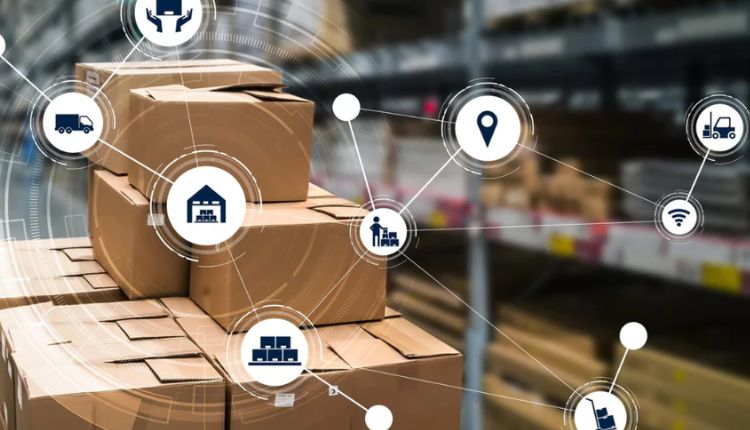Every business, from retail to manufacturing, relies on the ability to predict customer needs. When companies get it right, they maintain healthy inventory levels, satisfy customers, and operate efficiently. When they get it wrong, they risk overstocking, costly markdowns, or stockouts that frustrate customers and damage brand loyalty. In a world where market trends shift rapidly, relying solely on intuition or outdated spreadsheets is no longer enough. This is why demand forecast software has become a game-changer in modern supply chain management.
Demand forecast software uses advanced algorithms, data analytics, and in many cases, artificial intelligence to predict future customer demand more accurately than traditional methods. Instead of simply projecting sales based on past performance, these tools integrate multiple data sources, including historical sales, seasonal trends, promotional calendars, and even external factors like economic conditions or weather patterns. The result is a more reliable forecast that empowers businesses to plan production, procurement, and distribution with confidence.
One of the biggest advantages of demand forecast software is its impact on inventory management. Businesses can avoid the costly problem of overstocking, where capital gets tied up in unsold goods. At the same time, it helps prevent stockouts by ensuring popular items are available when customers want them. For retailers and manufacturers alike, this balance translates directly into better cash flow and improved customer satisfaction.
Another major benefit is operational efficiency. Accurate forecasting allows companies to optimize staffing, allocate resources more effectively, and reduce waste. For example, a food and beverage company can plan production runs to match anticipated demand, reducing spoilage and minimizing excess storage costs. Similarly, a consumer electronics retailer can prepare for seasonal spikes, like the holiday rush, without overcommitting resources.
Collaboration across departments is also enhanced through demand forecast software. Sales teams gain insights into product performance, marketing teams can time promotions to align with demand surges, and finance teams can create more accurate budgets. Instead of working in silos, everyone operates from the same set of reliable data, which improves decision-making and fosters alignment across the organization.
Technology is what sets modern forecasting apart. Many solutions now use machine learning, which means the system continuously improves its accuracy as it processes more data. Real-time analytics allow businesses to react quickly to sudden changes in demand, such as shifts in consumer behavior or supply chain disruptions. This agility is critical in industries where trends change rapidly, such as fashion, consumer goods, and technology.
Demand forecast software is far more than a digital upgrade to spreadsheets—it’s a strategic tool that transforms supply chain management. By improving accuracy, reducing waste, enhancing collaboration, and enabling agility, it gives businesses a clear competitive advantage. Companies that invest in these tools position themselves to meet customer expectations consistently while maintaining profitability, even in the face of market uncertainty.
